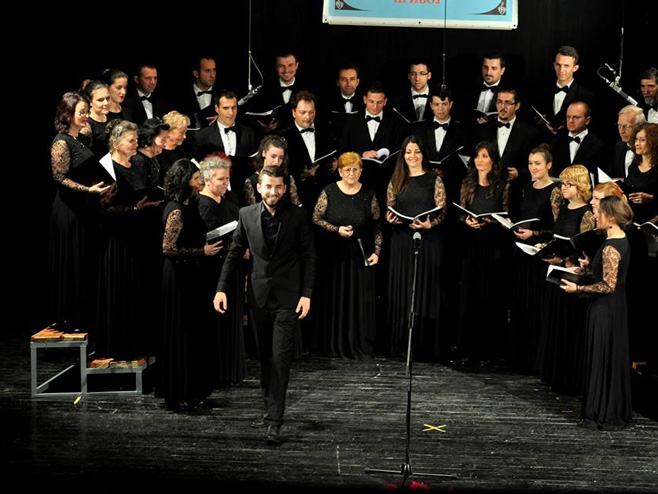The collection of old and rare books at the Brčko Library consists of approximately 420 library units, printed between 1874 and 1945.
The collection includes poetry, prose, professional literature, textbooks, miniatures, and periodicals with rich illustrations.
The oldest book printed in Cyrillic is a poetry collection by Laza Kostić from 1874.
The term “old book” encompasses all editions created from the invention of the printing press in the 15th century to the 19th century. However, the upper limit varies by country and ranges from 1830 to 1900, depending on when manual printing was replaced by mechanical printing.
“Rare book” refers to unique, low-circulation, illegal, revolutionary, and wartime editions from the period of World War II.
The collection of old and rare books at the Brčko Library includes works written in several European languages, as well as rare copies printed in Gothic script.
To protect these old and rare books from physical damage and deterioration, they must be kept in special conditions. These books are not issued to readers and can only be used in the library’s reading room under specific protocols.
The Brčko Library was established in 1946. The idea of librarianship in the city on the Sava River was introduced by the national teacher Vaso Pelagić, who founded the Serbian Reading Room in 1860. From that time until 1946, libraries affiliated with religious communities were opened and closed. The first book collection of the present-day library was inherited from the United Workers’ Unions. Today, the library holds about 130,000 library units and promotes the beauty of written words, especially among the youngest, organizing workshops and literary evenings.
The first libraries in human civilization were established centuries before books as we know them today. Even then, while preserving clay tablets and papyrus scrolls, they were temples of knowledge, guardians of history, culture, and education.
Source: RTRS








